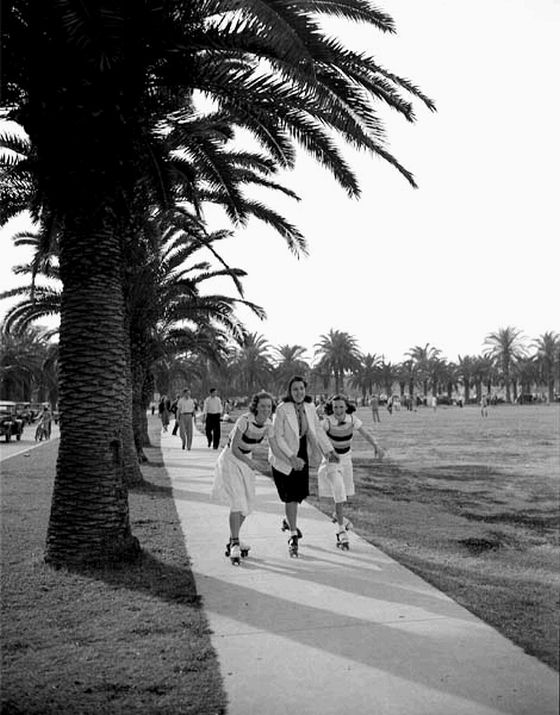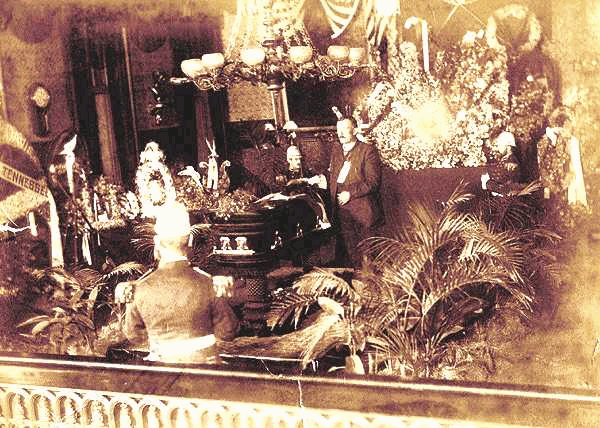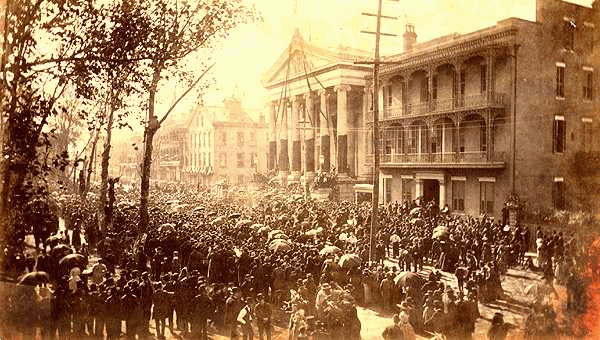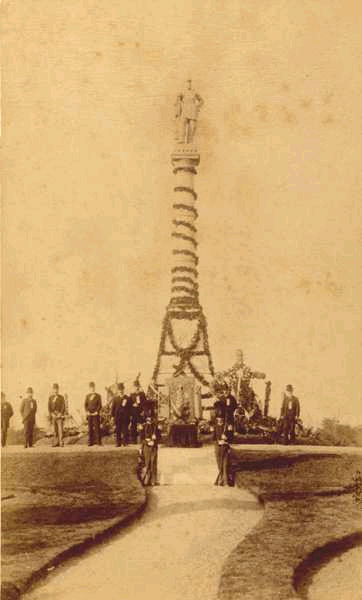|
Today in New Orleans History |
|
|
December 6


    
In 2008, William Jefferson sought re-election to the United States House of Representatives. Seven
Democrats challenged him for the seat in the Democratic primary. In the October 4, 2008 Democratic primary, opposition to
Jefferson was split among six contenders. Some of the challengers made strong showings in their base neighborhoods but failed
to garner much support in other parts of the district. Jefferson ran second, third, or even fourth in many precincts, but
his 25% total was enough to give him a plurality and to send him into the runoff primary, where he faced Helena Moreno, a
former TV newscaster, on November 4. Aided by overwhelming support from African-American voters on the same date as the presidential
candidacy of Barack H. Obama drew them to the polls in unprecedented numbers, Jefferson won
the Democratic nomination in the congressional party primary, which barred the district's 41,000 Republicans and many of its
84,000 other voters not registered as Democrats. Jefferson won the November 4 Democratic runoff. The general election round
occurred on December 6, 2008. Jefferson faced Republican candidate Anh "Joseph" Cao, Green
Party candidate Malik Rahim, and Libertarian Party candidate Gregory Kahn. An earlier candidate, independent Jerry
Jacobs, withdrew. Jefferson was defeated in the general election in a major upset by Republican nominee Cao, who had
endorsements from several prominent Democrats including Moreno and City Councilwomen Jacquelyn Brechtel Clarkson and Stacy Head. New Orleans Mayor Ray Nagin endorsed Jefferson. Cao
won by three percentage points. Jefferson thus became only the third Democratic incumbent since the end of Reconstruction
to lose to a Republican at the federal level in Louisiana.
Several photos of WPA improvement projects on city bridges, December 6, 1938. Andrew James McShane (January 2, 1865 – April 17, 1936) was mayor
of New Orleans from December 6, 1920 to May 4, 1925. McShane was born in New Orleans, the son of two
Irish-American Catholics, Bernard McShane and Rose (Fitzpatrick)
McShane. After his father died, he entered the hide business at the age of nine, working his way through the ranks as a travelling
salesman before becoming sole owner of his firm at the age of twenty-one. His business was very successful. He married Agnes
Bruns of New Orleans in 1918; they had one daughter, Rosemary. McShane was involved in New Orleans politics throughout his
adult life. He was associated with the reform-oriented groups that were opposed to the machine politics of the Regular Democratic
Organization, or Old Regulars. He held posts in the administrations of reform mayors Walter Flower
and Paul Capdevielle. McShane ran for a city council seat in 1912 under a ‘good government’ platform, but lost.
In the election of 1920, McShane was the mayoral nominee of the reform-oriented Orleans Democratic Organization. The endorsement
of reform governor John M. Parker helped him narrowly defeat the incumbent Old Regular mayor, Martin Behrman. Despite the
reform promises of the new administration, McShane was able to achieve very little. He and his administration were hampered
by inexperience at city government and by dissension between various factions of his supporters. He was able to improve garbage
collection, reform the Department of Public Works and the city’s finances, and create a system of one-way streets to
improve traffic flow. McShane ran for re-election in 1925, but was soundly defeated by former mayor Martin Behrman. After
his defeat, the Old Regulars would continue to control the city until 1946. McShane Place, a block-long street connecting
Rampart Street and St. Claude Avenue, is named after him. http://upload.wikimedia.org/wikipedia/commons/8/8d/Andrew_J_McShane.jpg
Jefferson Davis Dies |
|
|

To receive an update for each day in New Orleans history,
join our facebook page - Today in New
Orleans History.
Analytics |







